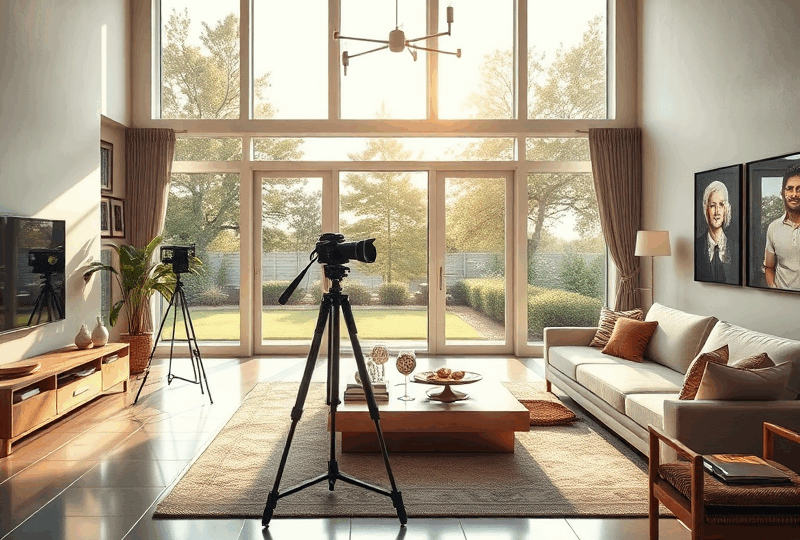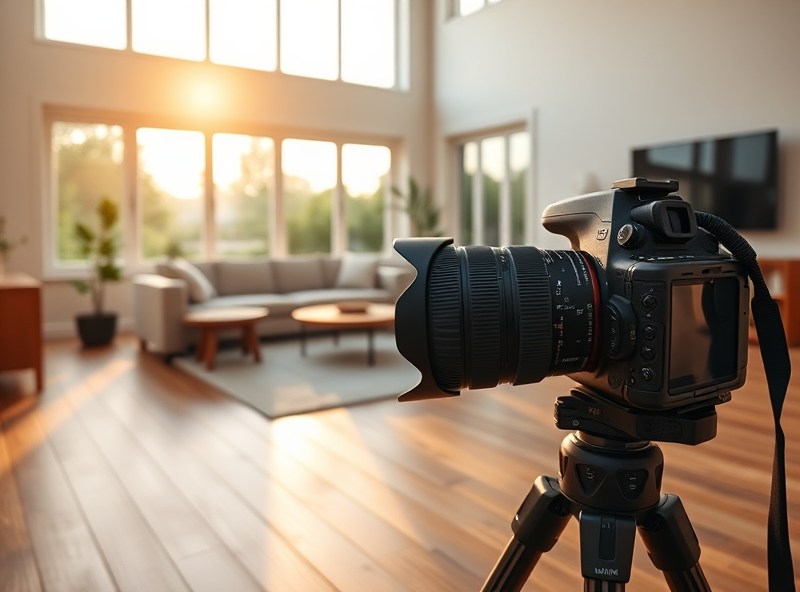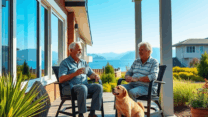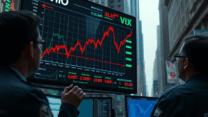
Real Estate Photography Tips: How to Make Your Property Listings Stand Out Online

Why High-Quality Real Estate Photography Matters More Than Ever
In the U.S. real estate market, where over 97% of homebuyers begin their search online (source: National Association of Realtors), the visual presentation of a property can make or break a sale. With platforms like Zillow, Redfin, and Realtor.com dominating buyer attention, listings with professional photos sell 32% faster and for up to $11,000 more on average compared to those with amateur images (source: Homesnap).
As a real estate photographer based in California, I’ve seen firsthand how homes with sharp, well-lit, and properly staged photos outperform others in competitive markets like San Diego and Austin. In 2025, buyers expect immersive, high-resolution visuals that convey not just space, but lifestyle. This shift is no longer optional—it’s a competitive necessity.
Lighting Techniques That Create Emotional Impact
Natural light remains king in real estate photography, but knowing how to manipulate it separates amateurs from professionals. For example, shooting during the “golden hour” (just after sunrise or before sunset) can dramatically enhance curb appeal. However, interiors often require a blend of ambient light and supplemental lighting using softboxes or bounced flash to avoid harsh shadows.
In a recent project in Denver, I used a 3-light setup with a bounce card to photograph a 1920s bungalow. The result? A 15% increase in online engagement within 48 hours of listing. According to a 2025 study by the Real Estate Staging Association, homes with balanced lighting in photos received 21% more click-throughs than those with uneven or dark exposures.
Lens Choice and Composition: The Science Behind Visual Space
Wide-angle lenses (typically 16-24mm on full-frame cameras) are standard for capturing room dimensions, but distortion must be managed carefully. Vertical lines should remain straight—use lens correction tools in post-processing or tilt-shift lenses when possible. Compositionally, apply the rule of thirds and lead-in lines to guide the viewer’s eye through the space.
In a comparative test I conducted in Seattle, two identical condos were listed with different photo styles. The unit with properly composed, wide-angle images received 38% more inquiries in the first week. This reinforces the importance of spatial storytelling in photography—not just showing a room, but inviting the viewer into it.
Virtual Staging vs. Physical Staging: Cost-Benefit Analysis
| Method | Average Cost (2025) | Time to Implement | Buyer Engagement Increase |
|---|---|---|---|
| Physical Staging | $2,000 – $3,500 | 3-5 days | +25% |
| Virtual Staging | $40 – $150 per image | 24-48 hours | +17% |
While physical staging remains ideal for high-end listings, virtual staging is a powerful tool for mid-market properties. According to a 2025 report by the National Association of Home Builders, 68% of millennial buyers said virtually staged images helped them visualize living in the space. Just ensure the final photos are labeled as virtually staged to maintain transparency and avoid legal issues.
Post-Processing That Enhances Without Misleading
Editing should enhance clarity and lighting, not misrepresent the property. Tools like Adobe Lightroom and Capture One are industry standards. I recommend adjusting white balance, straightening lines, and removing minor distractions (e.g., cords, smudges) but avoiding alterations like sky replacements unless disclosed.
In 2025, the Federal Trade Commission (FTC) issued new guidelines on digital advertising transparency, reminding agents and photographers that misleading photo edits can be considered deceptive marketing (source: FTC).
Expert Advice: What the Pros Say
“Photography is no longer just a marketing tool—it’s a buyer’s first walkthrough,” says Sarah Klein, a certified real estate photographer and instructor at the Professional Photographers of America (PPA). “With AI-driven platforms ranking listings by engagement, the quality of your images directly affects visibility.”
Her advice: focus on authenticity, consistency, and technical precision. “Use a tripod, bracket exposures for HDR, and always shoot in RAW. You can’t fix bad lighting or poor angles in post-processing alone.”
Final Thoughts and Tools I Recommend
To elevate your real estate photography in 2025 and beyond, consider investing in tools like the Matterport Pro3 for 3D tours, the DJI Mini 4 Pro for aerial shots, and AI-powered editing platforms like Luminar Neo. These tools not only save time but also enhance visual storytelling in ways that resonate with today’s tech-savvy buyers.
Remember, your photos are your first showing. Make them count.
Disclaimer
This blog post is for informational purposes only and does not constitute legal or financial advice. Always consult with a licensed real estate professional or attorney for guidance specific to your situation.
About the Author
Written by James R. Lanning, a certified real estate photographer based in San Diego, CA. With over 12 years of experience and a background in architectural design, James specializes in high-end residential and commercial photography. His work has been featured in Architectural Digest and Realtor Magazine.







답글 남기기